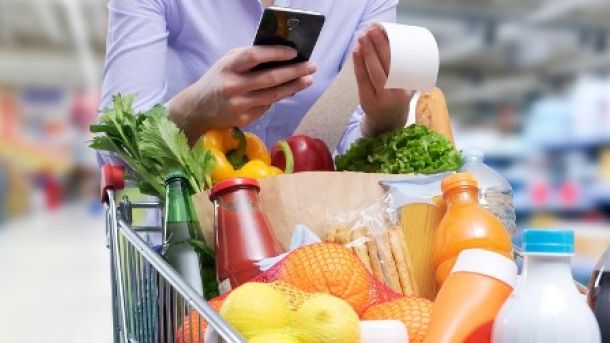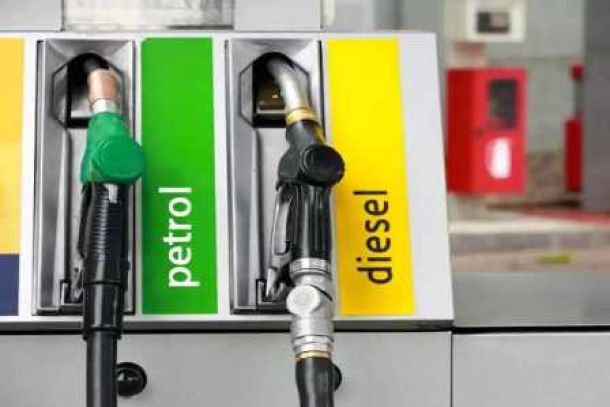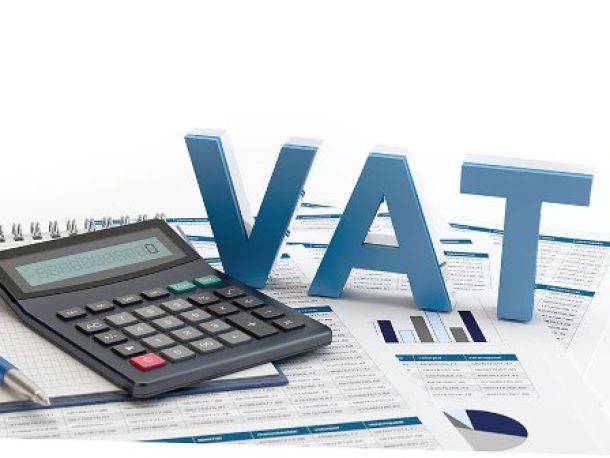Livestock farmers face cash flow issues due to drought
Despite the mass-culling of animals due to severe drought conditions over the past few months, meat producers have been resilient with prices trending firmer. However, their biggest challenge right now is overcoming financial and cash flow hurdles as they aim to re-build their herds to normal levels, with little or no income coming in.
Paul Makube, Senior Agricultural Economist for FNB Business, says because of the recent rains in large parts of the country, production and grazing conditions are likely to improve, but more rain is needed to ensure that cattle producers have enough feed for the winter period. In addition, feeding margins are expected to come under pressure this year, due to limited feed-supply and the surge in maize and other input prices.
Cattle farmers will now avoid selling heifers (young female cows) and maintain farms in their current conditions, with the aim of producing more animals to be sold in the long term.
Makube says that as meat producers start re-building their herds, there will be a shortage of supply in the medium to longer term, leading to an increase in prices.
Furthermore, meat prices could also be influenced by demand from consumers who are currently struggling to cope due to increasing interest rates, household expenses and electricity costs. The economic outlook has deteriorated and unemployment has reached a record high. This means that a further rise in meat prices will be constraint by affordability, as consumers will simply switch to more affordable protein sources such as chicken if red meat becomes too expensive.
Lower herd numbers will lead to farmers having less income since they depend on sales to maintain their cash flow. As a result, cattle farmers should consider a number of factors when rebuilding their herds to avoid financial setbacks.
Firstly, herd rebuilding is a lengthy process and can take the farmer two to seven years to return to full production and earn a regular income, depending on the severity of the situation.
Secondly, financial planning plays a critical role during post drought herd rebuilding given that many livestock farmers may be in poor financial positions, have no income, low cash reserves due to high feed prices, production and farm expenses to account for.
Lastly, with interest rates in an upward cycle, debt repayments may put more strain on the cash flow of the farm, especially if the farmer does not own the land in which the business operates.
“Livestock farmers that are not well diversified and have used up their capital reserves should approach their lender immediately to possibly restructure or finance the purchase of heifers, feed and repayment of current debt. Banks will always assess the situation on an individual basis since farmers implement different herd-building strategies depending on their exposure,” advises Makube.
Fortunately, not all livestock farmers have been severely affected by the drought. These farmers may adopt a more aggressive strategy of buying more heifers and acquiring more land in order to benefit when the price of meat goes up and production conditions improve.
News Category
- International retailers
- On the move
- Awards and achievements
- Legislation
- Wine and liquor
- Africa
- Going green
- Supplier news
- Research tools
- Retailer trading results
- Supply chain
- Innovation and technology
- Economic factors
- Crime and security
- Store Openings
- Marketing and Promotions
- Social Responsibility
- Brand Press Office
Related Articles

Empowering South African households through gro...

SPAR shares practical tips to beat food inflation

South African motorists could be paying up to R...

Big VAT changes on the cards


